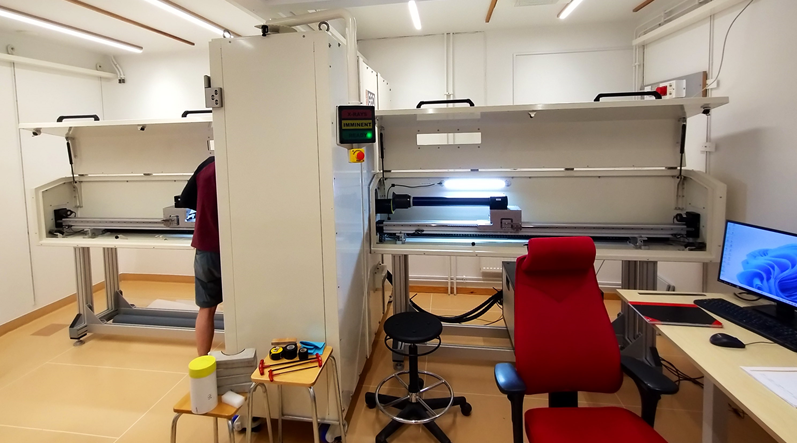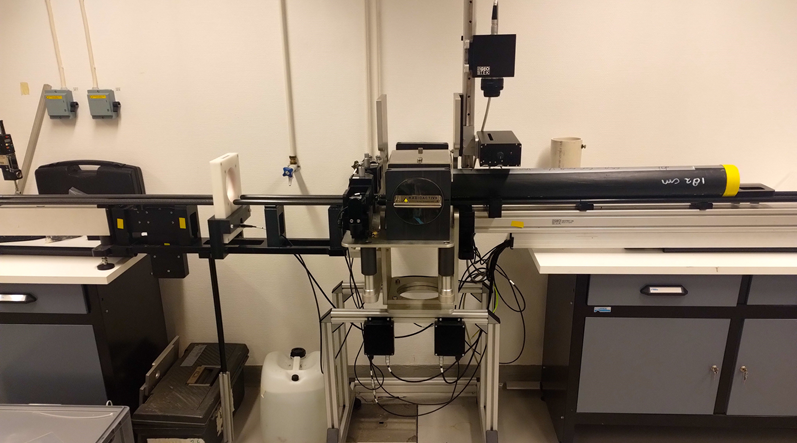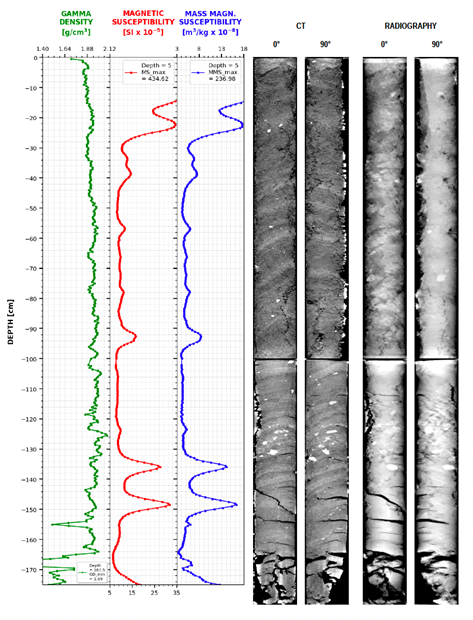Home Institution: The Academy of Technical Applied Studies, Belgrade
Host Institution: Stockholm University
Duration of stay(days): 14
Objectives: The objective of this Short-Term Scientific Mission (STSM) is to conduct a comprehensive analysis of the groundwater transmissivity from the Svalbard fjords. This involves examining the chemical and physical characteristics of soil/sediment cores recovered from Svalbard to gain a deeper understanding of offshore freshened groundwater (OFG) present in them. This research is important for advancing our knowledge of OFG bodies and addressing water management necessities in coastal regions. Working collaboratively with the Department of Geological Sciences at Stockholm University, the collected cores will undergo thorough testing utilising all available laboratory scanners, including X-ray, XRF, and MSCL, to ensure a detailed and accurate assessment.
Summary of the work:
At the beginning of August of this year, I had the opportunity to go to Stockholm, Sweden on a Short-Term Scientific Mission (STSM) through the COST Action OFF-SOURCE. My host and mentor on this mission was Professor Wei-Li Hong from the Department of Geological Sciences, University of Stockholm, who played an integral role in steering the fulfilled endeavours.
During the span of the two-week STSM, an evaluation of the physical and mechanical attributes of soil and sediment cores obtained from Svalbard was meticulously conducted. These cores were subjected to measurements, analysis, and processing in accordance with the predefined work plan, taking into account practical constraints and the available time frame.
The project began in the laboratories of the Department of Geological Sciences. The first phase involved conducting analyses on the physical and mechanical attributes of three core samples extracted from Svalbard fjord sediments, employing the Multi-Sensor Core Logger (MSCL). The cores were examined in a whole state, and the properties assessed encompassed gamma density, p-wave velocity, magnetic susceptibility, and electrical resistivity. These analyses yielded datasets that were carefully audited and subsequently processed to facilitate their utilisation and effective portrayal of the core’s physical and mechanical characteristics.
Subsequently, a further examination of the cores transpired through the application of a Rotating X-ray CT system (RXCT). This procedure generated radiographic and CT images of the samples. The next step was to refine and enhance these images, ensuring they accurately portrayed the authentic nature of the core samples. This was accomplished with the Geotek software, which provides the capabilities for visualisation, acquisition, and processing of these images.
When put together, the data obtained from RXCT and MSCL contributed to a better comprehension of the internal structures within the core samples. In light of this, visual representations in the form of plots for MSCL measurements encompassing gamma density, magnetic susceptibility, and mass magnetic susceptibility were juxtaposed with the meticulously processed radiographic and CT images. This juxtaposition facilitated a more holistic interpretation of the core’s physical attributes.
Although time constraints prevented examinations of split cores during this mission, future collaborative efforts will enable additional non-destructive analyses such as XRF core scanning and discrete sampling. These advanced analyses will provide deeper insights into groundwater transmissivity within the fjords of Svalbard. Furthermore, the prospect of formulating numerical models and cultivating collaborations among the members of the COST Action network holds promise for future projects within the overarching framework of the COST Action.
The analyses conducted on three core samples from Svalbard fjord sediments and the resulting datasets contribute to the broader effort of compiling a comprehensive database of known Offshore Freshened Groundwater (OFG) bodies. This initiative aims to consolidate existing geological and geophysical data from various sources, including published literature and specialised data sets, thus enhancing our understanding of OFG characteristics in European waters.


